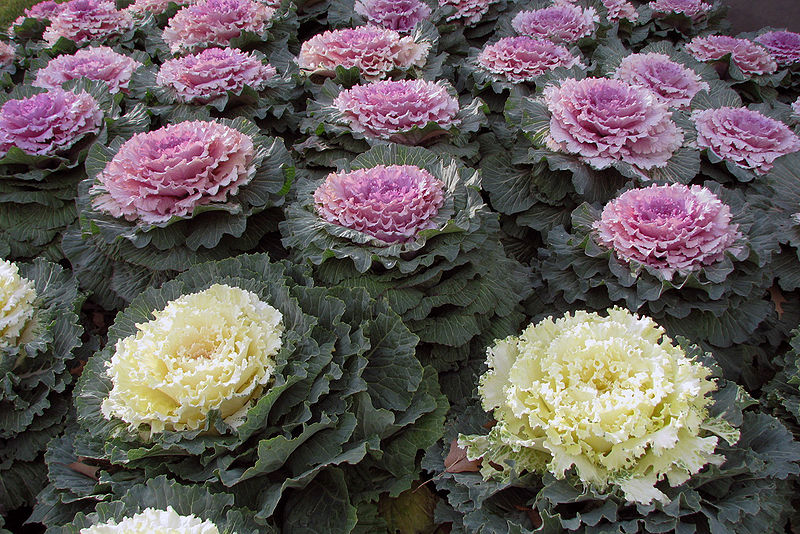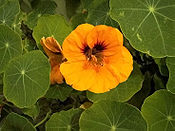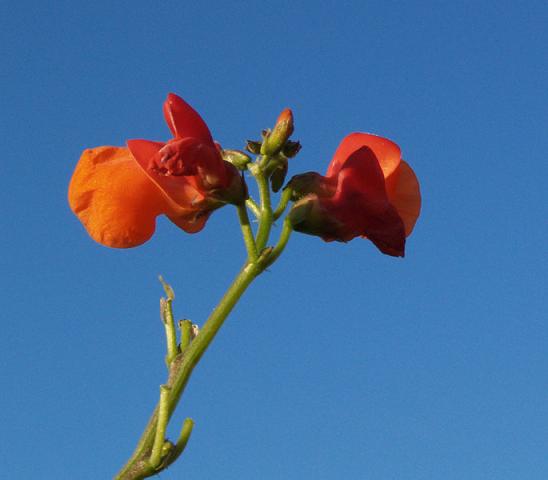vfem
Garden Addicted
This is set up to be a helpful listing of totally functional, edible and sustainable plants that look and feel ornamental in nature to work well on a small suburban lot.
Not everyone has the room or acreage to start a small farm, keep certain animals or have room to garden. Room to garden? EVERYONE has room to garden. You can have the most appealing front yard on your block and done with completely edible plants. So let your neighbors envy your gorgeous yard, and then invite them over for a BBQ and serve them something from your front hedges!
This is quite simple, anyone can add to the thread, but be informative with your reasons. Chose a plant that is edible (or medicinal) explain what its for, how it looks throughout the season. Size & colors if possible.
If you have the scientific & common names for the plant... even better! (Plant names should be in BOLD face print while descriptions are to be in italics. This makes for easy reading when people just want to find the plant and info attached.)
Got a picture? Even better! Just realize there are copyright laws.
ENJOY!
Ex:
Apple Tree - White or Pink blossoms early spring. Easy to prune to a distinct shape for curb appeal. Completely edible fruits late summer to early fall. Available in dwarf sizes for undersized restricted yards. Be aware some types of apples need an apple of a different variety close by to pollinate, so see if you have room for 2.
Not everyone has the room or acreage to start a small farm, keep certain animals or have room to garden. Room to garden? EVERYONE has room to garden. You can have the most appealing front yard on your block and done with completely edible plants. So let your neighbors envy your gorgeous yard, and then invite them over for a BBQ and serve them something from your front hedges!
This is quite simple, anyone can add to the thread, but be informative with your reasons. Chose a plant that is edible (or medicinal) explain what its for, how it looks throughout the season. Size & colors if possible.
If you have the scientific & common names for the plant... even better! (Plant names should be in BOLD face print while descriptions are to be in italics. This makes for easy reading when people just want to find the plant and info attached.)
Got a picture? Even better! Just realize there are copyright laws.
ENJOY!
Ex:
Apple Tree - White or Pink blossoms early spring. Easy to prune to a distinct shape for curb appeal. Completely edible fruits late summer to early fall. Available in dwarf sizes for undersized restricted yards. Be aware some types of apples need an apple of a different variety close by to pollinate, so see if you have room for 2.







